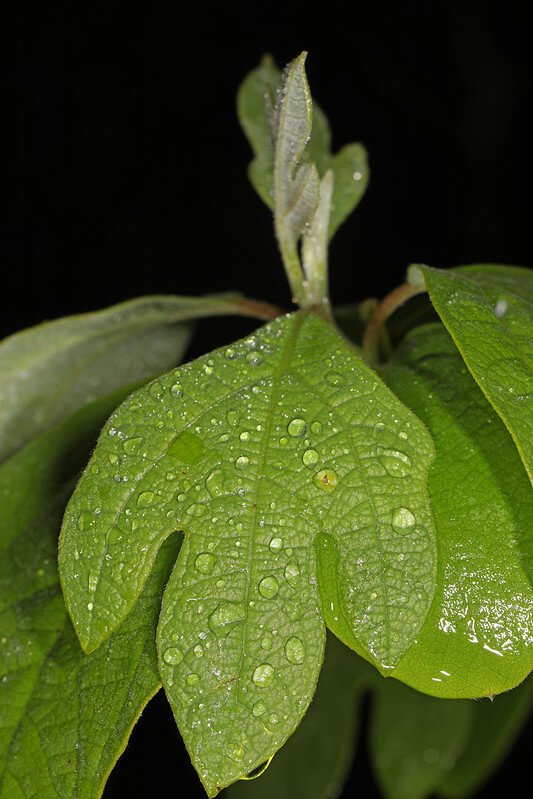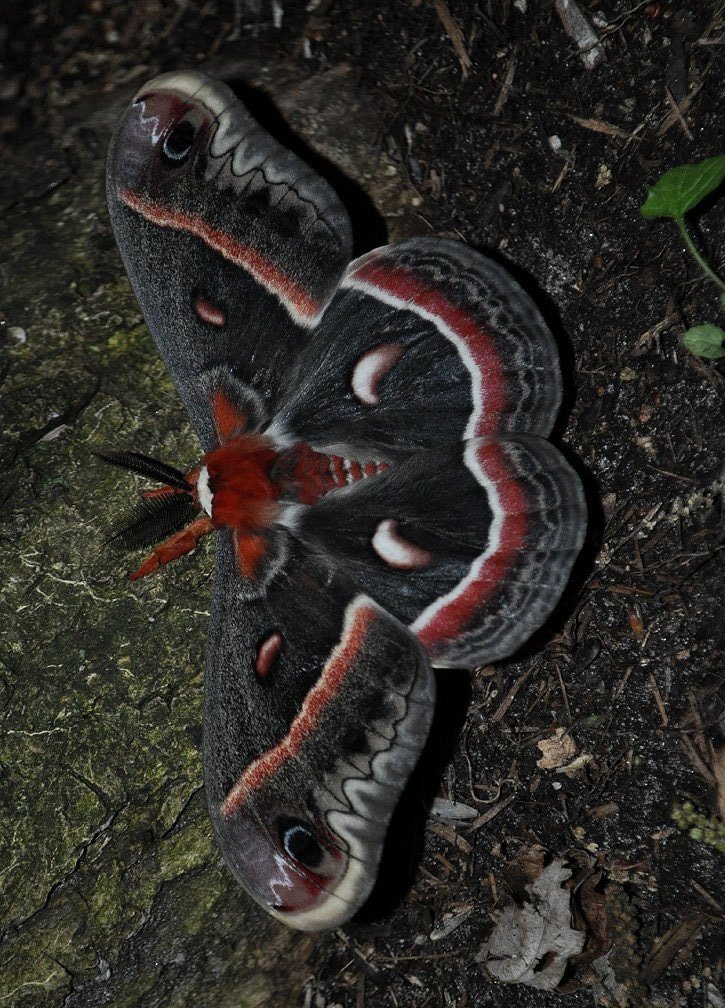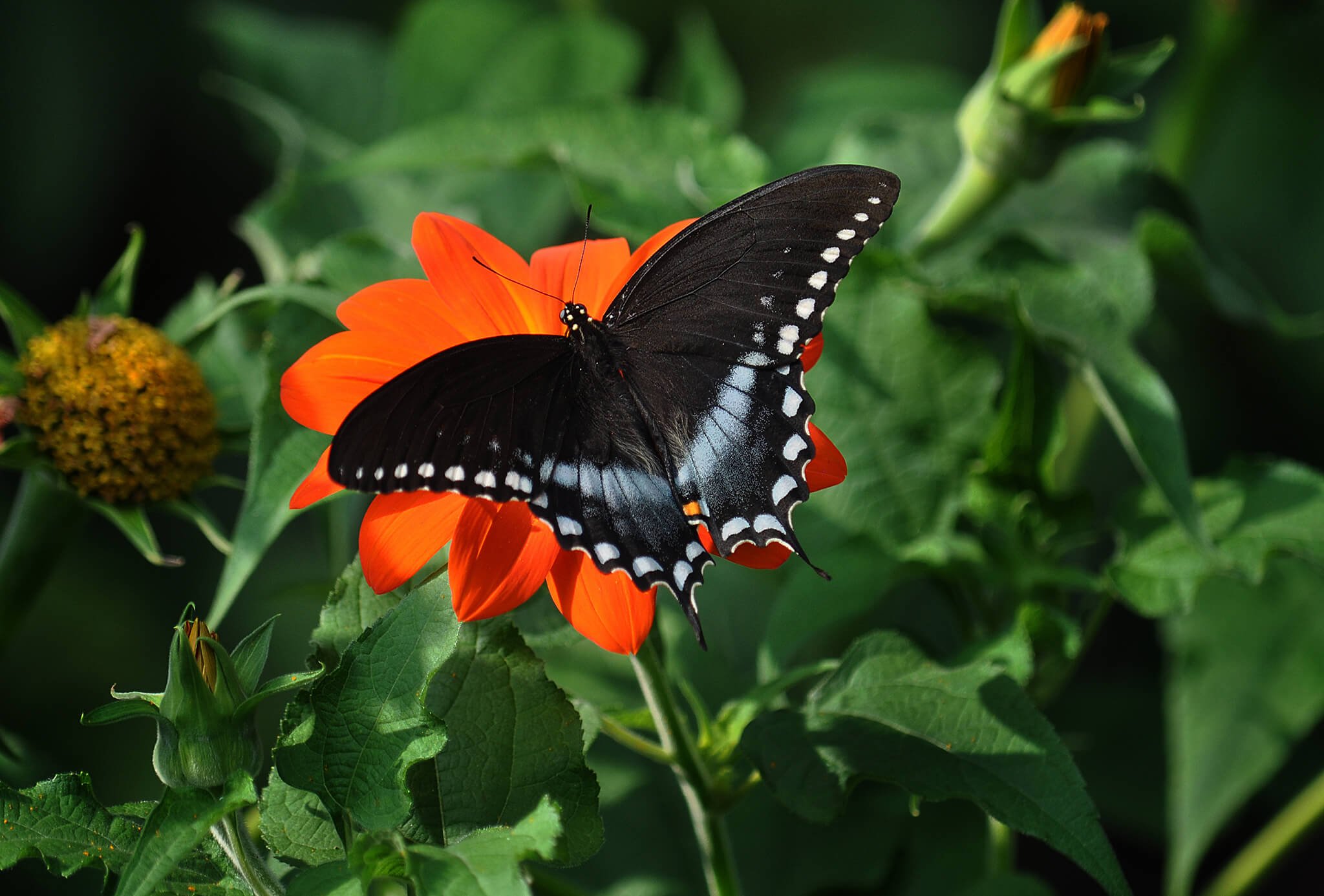Sweet Crabapple (Malus coronaria)
Many insects love to eat Sweet Crabapple! The flowers attract many different native bees, butterflies, and Skippers. These insects obtain nectar from the flowers, although some of the bees may collect pollen. It is also the host plant to the Red-Spotted Purple, Eastern Tiger Swallowtail (possibly the Viceroy), and 279 other butterflies and moths (nwf.org)! Birds will also enjoy the fruit on this small tree (illinoiswildflowers.info) and will also use its densely branched structure for nesting and cover. Deer will occasionally browse this plant, so give it some protection for a few years.
Photo credit: John Blair
Many insects love to eat Sweet Crabapple! The flowers attract many different native bees, butterflies, and Skippers. These insects obtain nectar from the flowers, although some of the bees may collect pollen. It is also the host plant to the Red-Spotted Purple, Eastern Tiger Swallowtail (possibly the Viceroy), and 279 other butterflies and moths (nwf.org)! Birds will also enjoy the fruit on this small tree (illinoiswildflowers.info) and will also use its densely branched structure for nesting and cover. Deer will occasionally browse this plant, so give it some protection for a few years.
Photo credit: John Blair
Many insects love to eat Sweet Crabapple! The flowers attract many different native bees, butterflies, and Skippers. These insects obtain nectar from the flowers, although some of the bees may collect pollen. It is also the host plant to the Red-Spotted Purple, Eastern Tiger Swallowtail (possibly the Viceroy), and 279 other butterflies and moths (nwf.org)! Birds will also enjoy the fruit on this small tree (illinoiswildflowers.info) and will also use its densely branched structure for nesting and cover. Deer will occasionally browse this plant, so give it some protection for a few years.
Photo credit: John Blair
Life Cycle: Perennial
Sun Exposure: Full, Partial sun
Soil Moisture: Medium-Wet, Medium-Dry
Height: 15-25 feet
Plant Spacing:
Bloom Time: Spring
Bloom Color: Pink
Advantages: Bird Favorite, Caterpillar Favorite, Pollinator Favorite
Host Plant: Red Spotted Purple, Eastern Tiger Swallowtail, Striped Hairstreak (nwf.org), (possibly Viceroy), and 278 other species of butterflies and moths use this as a caterpillar host plant in our area (nwf.org)














